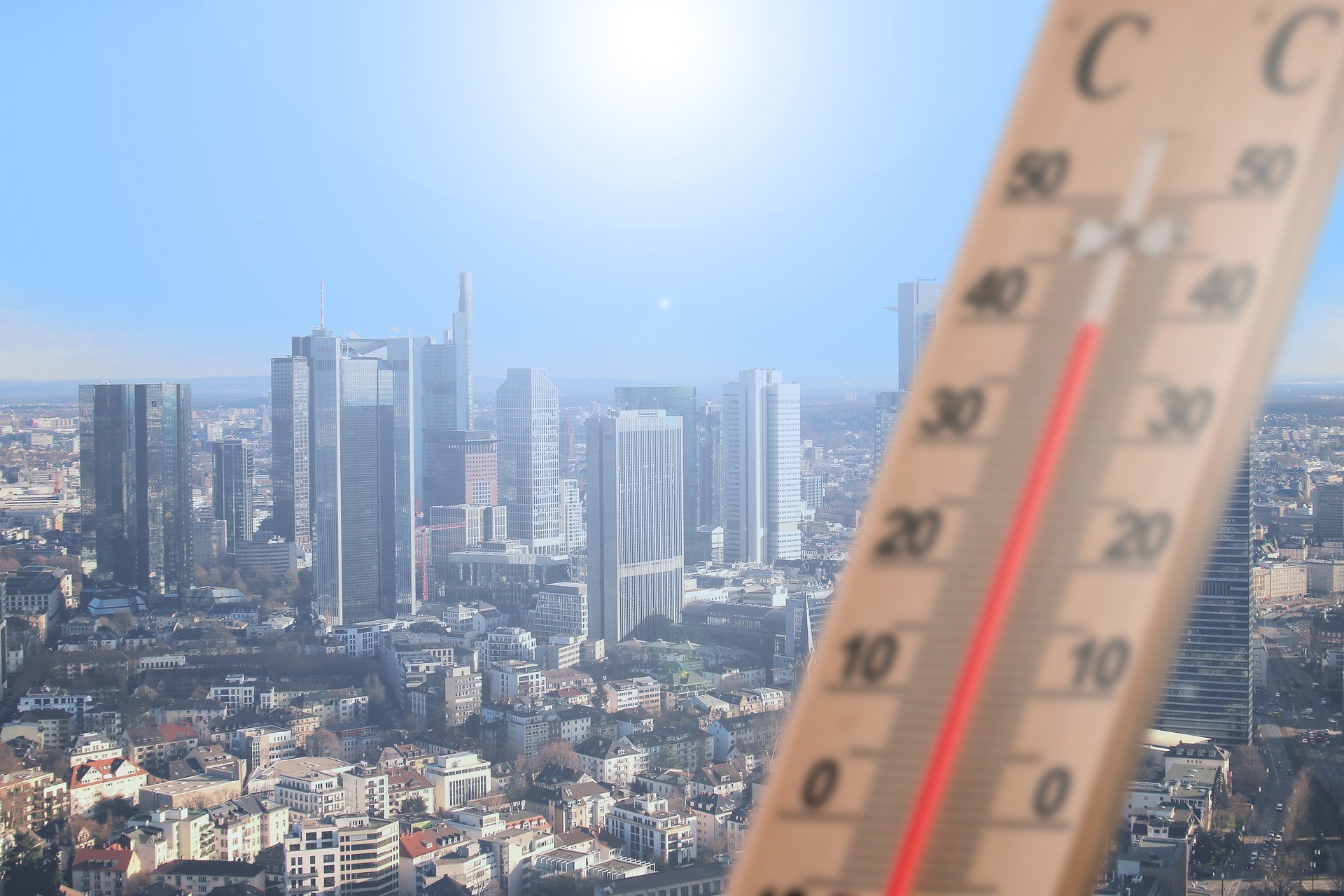Summer in India: A Facility Management Guide

Summer hits India differently in different states due to differences in geographical features. For example, coastal regions in the Western Ghats of Maharashtra, Karnataka, and Kerala see moderately high temperatures with high humidity, whereas the deserts and plains of Rajasthan, Gujarat, Punjab, and Haryana experience extremely high temperatures with very dry conditions. Similarly, the south of India experiences summer very differently from the east of India.
Rising temperatures and changing humidity levels have a significant impact on buildings. Depending on where a facility is located, Facility Managers must be aware of the changes that will affect their facility and ways to prevent any negative consequences of the same.
1. Beat the heat with efficient HVAC systems
A facility's HVAC system is supposed to keep the building cooler in summers and warmer in winters, right? It’s not that simple. Sometimes, thermal control fails to perform efficiently due to a significant rise in temperatures, structural elements, and construction materials used. Additionally, with heavy usage of cooling systems during the summer, evaporator coils can freeze and affect other AC parts, including filters, refrigerants, drain pipes, etc. Experience and know-how in integrated facility management is essential to setting up HVAC systems correctly and having an appropriate HVAC maintenance plan in place. With modern technology, sensors can be incorporated into the HVAC system that provides alerts about any damage or inconvenience, ensuring timely repair and maintenance. Facilities can also consider using technologies that clean and recycle the indoor air while minimizing the usage of outdoor air to ventilate the building. This boosts energy efficiency as well as maintains air quality.
2. Protect exterior walls and roofing
The material and age of exterior walls determine how they will suffer in summer. For example, brick walls may get cracks and spalls. If the construction is old, walls and roofing shingles can also develop cracks. Glass facades absorb a lot of heat, potentially causing multiple problems. For one, it could add to your overheating woes inside the facility. This forces people to close the blinds, which while decreasing the temperature inside increases the need for indoor lighting. Glass could also crack if the metal edges of the windows heat up and expand faster than the middle of the glass. When glass films are put on glass facades, the condition and sun control of these films need to be checked. The Bureau of Indian Standards (BIS) even has an advisory National Building Code of India while the Bureau of Energy Efficiency of India (BEE) an Energy Conservation Building Code, both sharing their recommendations on the specifications of glass facades to prevent some of these problems.
3. Adopt water-saving measures
Summer time comes with water scarcity in many parts of India. This not only affects drinking water in facilities but also washrooms, pantry, and general housekeeping needs. Consider implementing Zero Liquid Discharge — it is a process that removes the liquid waste from the sewage system and makes the water reusable. Zero Discharge Facilities tend to sail through the choppy waters of summer more easily than others. On another note, HVAC systems use large amounts of water. By maintaining your HVAC equipment well, you can reduce water consumption. To further improve water saving measures, use 100% recycled water in your HVAC system.
4. Make technology your companion
The long-term answer to summer woes is to utilize technology to take preventive measures and conduct timely maintenance. Facility management analytics show you patterns of what assets get affected when and how often. Use this data to audit the entire place for damage, repair, or accidents of last summer to understand the patterns and plan preventive measures,
Every state deals with the challenges of summer, but the degrees and impact differ due to differences in temperatures and climatic conditions. With a pan-India presence, Unify imparts locally customized training to its staff so they can handle facilities holistically in their region more effectively. However, while seasons may change, and regions may differ, the key to managing facilities in India in a cost-effective manner is to have an integrated facility management approach. Connect with us if you would like to know more.
